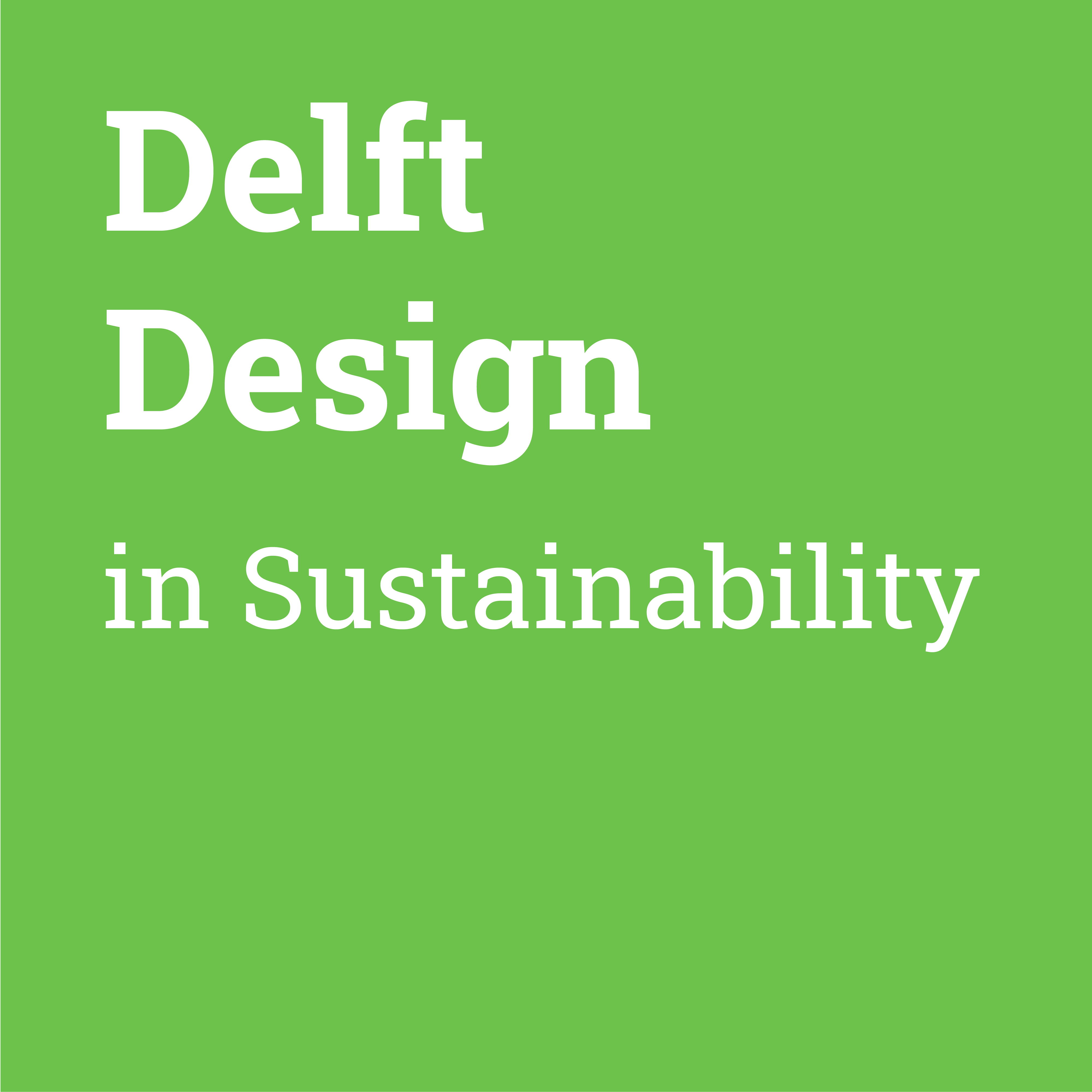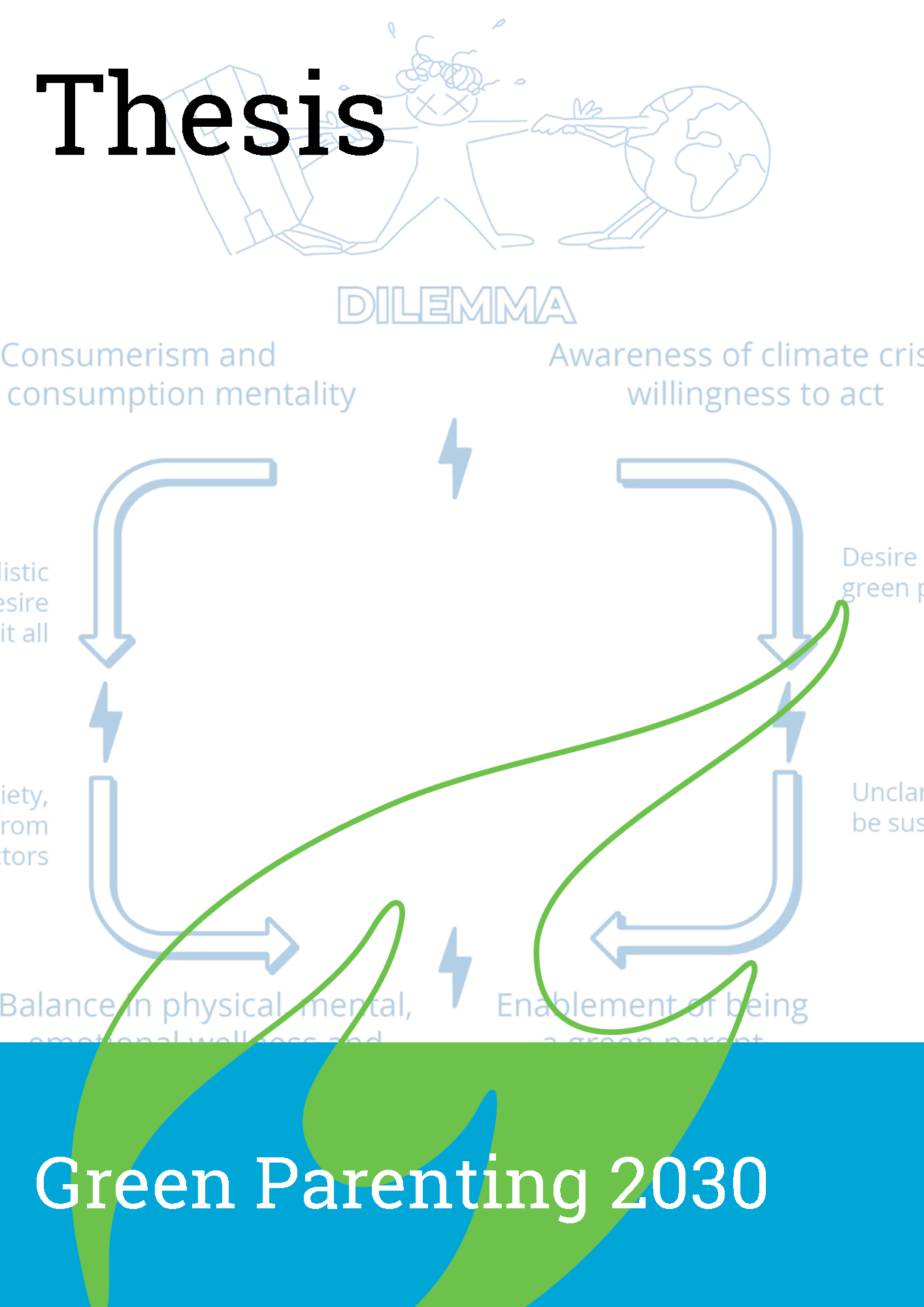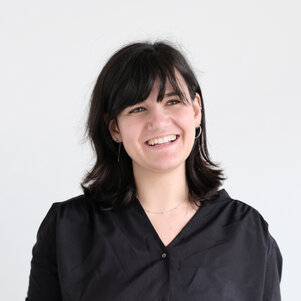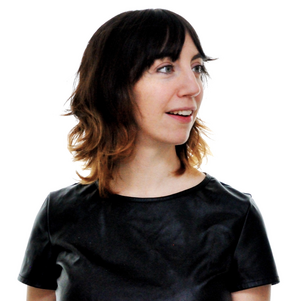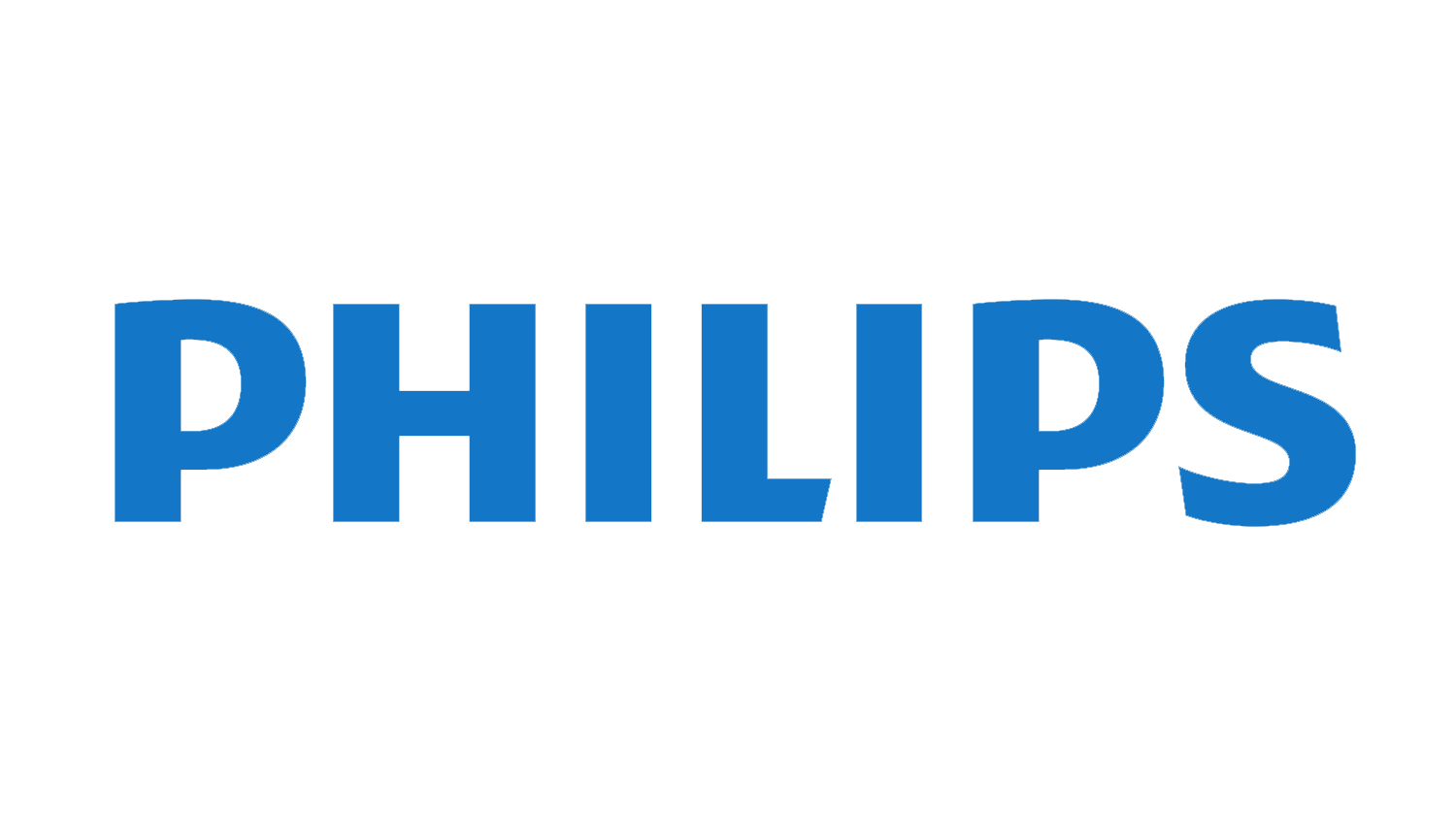How can young parents deal with the dilemma of sustainabily taking care of the world their child will grow up in, whilst being immersed in triggers for overconsumption?
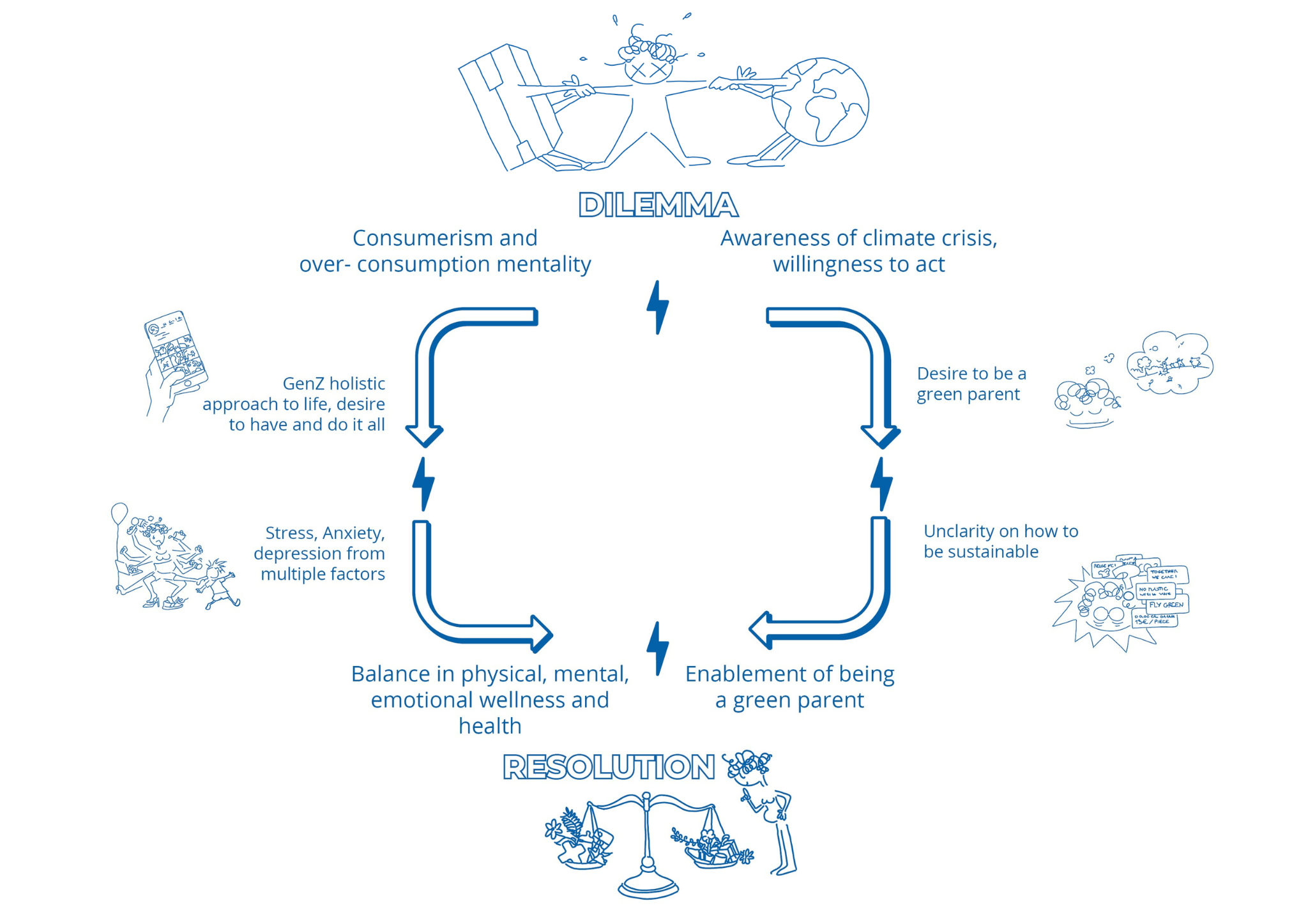
System maps in collaboration with Elise Talgorn & Eefje van der Kaaden
Researcher:
Elisabeth Tschavgova
Design methodologies:
- Stakeholder mapping
- Company internal explorative interviews
- Three horizon mapping
- Time pacing analysis
- System mapping using the Nahman method
- Leverage points analysis of system mapping according to Meadows
- Storytelling for systemic design
- ZMED technique
- Laddering
- Analysis of the explorative interviews (Bias O, Intersubjectivity of data, Rule of consistency)
- Persona creation
- Vision creation
- Co-creation
Project type: Master Project
Strategic Product Design
Domain: Systemic Design and Behavior Change
2022
Challenge
Current sustainability practices are too slow and not effective enough. Humanity does not have much time. Individuals, companies, and governments need to work together to reduce the disastrous impact of the climate crisis. The urgency and relevance of implementing and enabling sustainable behaviour from businesses and consumers cannot be overstated. This project explores how Philips as a business can work together with consumers to move towards a sustainable and safe future.
So designers should be careful what they design. Maybe they need to think at least on a number of different temporal scales when they design something. A plastic bag isn’t just for humans. It’s for seagulls to choke on, (...). A Styrofoam cup isn’t just for coffee it’s for slowly being digested by soil bacteria for five hundred years.(...). This Diet Coke isn’t just for me. It’s for my teeth and my stomach bacteria, and the latter may get slaughtered by the acids in there.
Timothy Morton
Result
This thesis project delivered three outcomes:
- Insight cards. They are based on the user research, giving further details on the dilemma and providing insight on how to resolve it. The can be used by the MCC stakeholders to develop future BVPs.
- Dilemma model. The insight cards can be mapped down within the story telling map. Resulting in a model explaining the dilemma parents face when it comes to becoming sustainable and mapping the insights needed on resolving this.
- Vision. The quotes and insights of the qualitative study have been applied in the context of a participatory story building workshop to create personas and develop a sustainable future vision for MCC.
Read the Insight Booklet, Story- and System map:
Jo van Engelen
- J.M.L.vanEngelen@tudelft.nl
-
Room B-3-340

